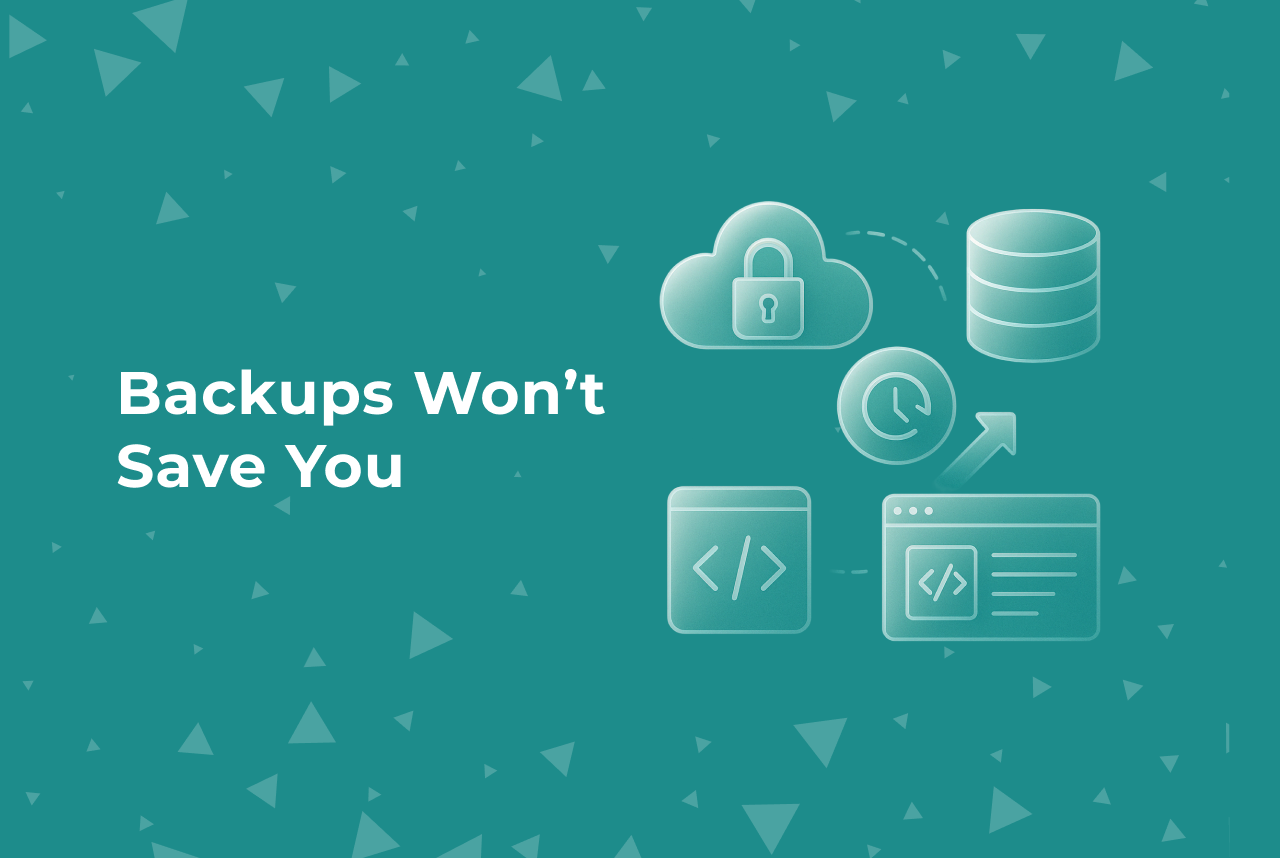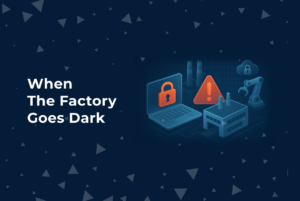For a long time, we operated under a simple assumption:
“If you’ve got good backups, you’re safe.”
But that idea doesn’t hold up anymore.
Today’s attackers don’t just encrypt your production data—they go looking for the lifeboats.
And if your cloud environment isn’t built to protect those lifeboats, your resilience is an illusion.
Ransomware Has Learned Where to Look
What used to be your safety net is now one of the first targets.
We’re seeing more and more cases where attackers don’t stop at data—they go after:
- 🧨 Snapshots stored in AWS, GCP, or Azure
- 🔁 S3 buckets full of critical logs and archive data
- 🔐 IAM roles tied to backup automation—many with far too much access
- 🔁 Secrets and credentials that get reused across staging and production
And once that layer is gone?
Restoring anything becomes… theoretical.
It’s Not a Backup Problem. It’s a Systems Design Problem.
This isn’t about forgetting to turn on backups.
It’s about how your infrastructure is configured—and how fast things grow beyond your visibility.
We’ve seen real-world examples like:
- A public-facing S3 bucket that held backup snapshots.
- A GitHub token with access to infrastructure-as-code and secrets.
- A deletion event that went unflagged because internal traffic wasn’t being monitored.
These aren’t edge cases.
They’re symptoms of complexity moving faster than security.
The Blast Radius Now Includes DevOps
One of the quiet shifts in modern infrastructure is that developers now shape the system.
Not just what it does—but what it can break.
So when teams treat security as a separate track—something to be layered on later—it leaves critical blind spots.
It’s worth asking:
- ✅ Are your backups protected with immutability and logs that can’t be tampered with?
- ✅ Are dev, staging, and prod genuinely isolated—or just different folders in the same bucket?
- ✅ Are secrets stored with intention, or scattered across config files and old CI jobs?
These are architectural questions. And they matter.
What Real Resilience Looks Like
Resilience isn’t just about having redundant systems.
It’s about knowing they’ll hold up when stressed.
That means:
- Testing your backup restore process the way you’d test a product launch.
- Protecting logs and audit trails, even from internal compromise.
- Designing for failure—especially the kind that comes with revoked access and active disruption.
These aren’t fun scenarios. But the teams that walk through them before an attack are the ones who recover faster—with fewer surprises and less damage.
🧪 Want a Gut Check on Your Cloud and Backup Readiness?
We’re offering a Backup & Cloud Security Audit—specifically designed for midsize engineering and infrastructure teams.
Here’s what we’ll walk through together:
- How your cloud environment is configured
- Where your backups live (and how well they’re protected)
- How your secrets and credentials are managed
- And what your actual recovery flow would look like under real pressure
Because security isn’t about preparing for the best case.
It’s about understanding your worst-case—and being ready for it.






